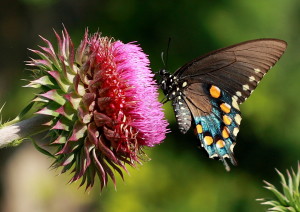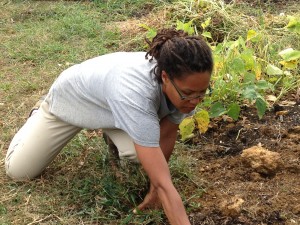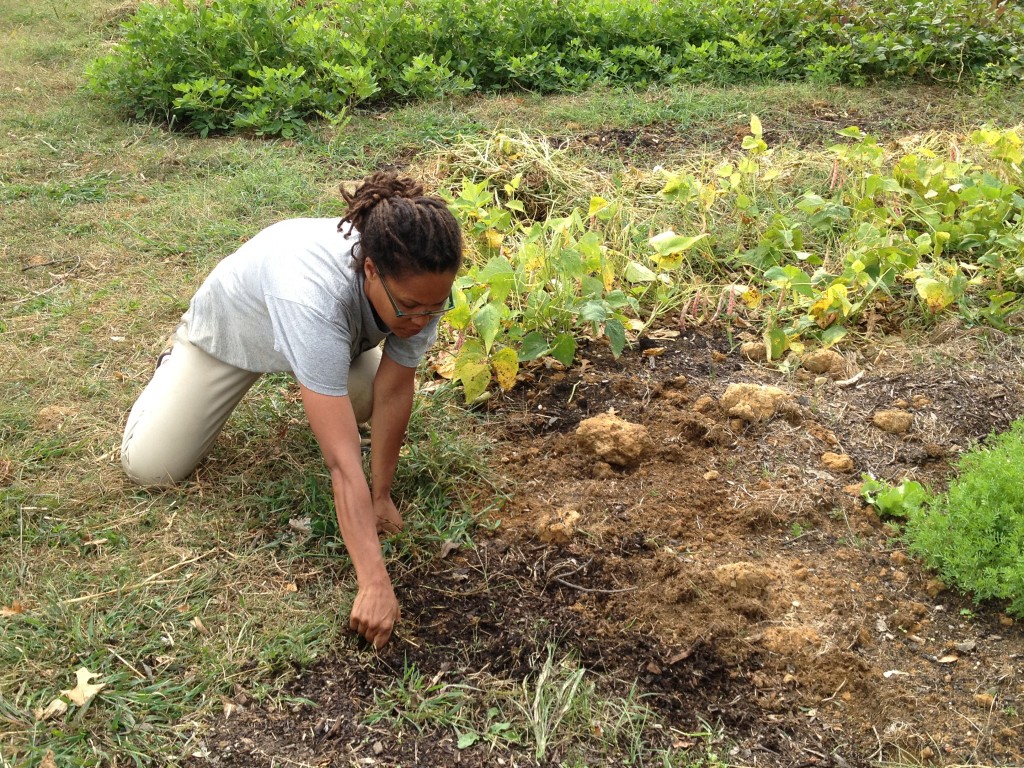News Archives » Integrity of Creation
Biodiversity Preservation Lagging October 6th, 2014
The world is severely lagging behind targets set in 2010 to preserve biodiversity, according to a new report issued by the United Nations. The report said in addition to high profile campaigns to save certain animals, preserving biodiversity also means pursuing goals like reducing nutrient pollution in rivers. Much more efficient use of land, water, energy and materials are needed to meet globally-agreed targets by 2020.
“Bold and innovative action is urgently required if governments are to meet the globally-agreed Strategic Plan for Biodiversity and its Aichi Targets by 2020,” the Montreal-based Secretariat of the Convention on Biological Diversity (CBD) said referring to the 20 biodiversity goals agreed upon in 2010 in the Japanese city of Nagoya in Aichi prefecture.
“The challenge of achievement of many of these targets stem from the reality that based on current trends, pressures on biodiversity will continue to increase at least until 2020 and that the status of biodiversity will continue to decline,” according to this latest progress report by the CBD. The report cautioned “that continuing with ‘business as usual’ in our present patterns of behaviour, consumption, production and economic incentives will not allow us to realize the vision of a world with ecosystems capable of meeting human needs into the future.”
The report, Global Diversity Outlook 4 was released today at the start of the 12th meeting of the Conference of the Parties to the Convention on Biological Diversity, known as COP-12, in Pyeongchang, Republic of Korea.
La Vista Celebrates Autumn Equinox September 23rd, 2014
 On Saturday, September 20, thirty people gathered at La Vista to learn about the fall Monarch migration and to celebrate the beginning of autumn.
On Saturday, September 20, thirty people gathered at La Vista to learn about the fall Monarch migration and to celebrate the beginning of autumn.
To introduce themselves, participants told about the last time they spotted a Monarch. Maxine Pohlman, Director of the Oblate Ecological Initiative at Godfrey said, “We learned much about one another, our country or state of origin, and the presence and absence of Monarchs in our areas. Our sharing whetted our appetites for viewing the YouTube video “Plight of the Monarchs”, a twenty minute informative presentation filmed in central Illinois. We became aware of the threats to the endangered phenomenon of the annual Monarch migration, such as habitat loss, use of pesticides, and disappearance of the valuable milkweed plant.”
She added, “Next we headed outside to a patch of milkweed that has been cordoned off and allowed to grow throughout the season. As we stood there listening to a reading about the Monarch, one beautiful butterfly showed up to delight us – right on cue!”
Click here to read more »
Oblate Garden Featured in the Washington Post September 23rd, 2014
An article in the Sunday Washington Post featured the garden at the Oblate Headquarters in Washington in a piece on the DC Urban Agriculture bill under consideration by the City Council.
Roberto De Jesus Silva OMI, our visitor from Brazil, is featured in the photo attached to the article and has been a regular volunteer with the Saturday group.
JPIC Report Fall/Winter 2014 Issue Now Available On-Line September 17th, 2014
 The Fall/Winter 2014 issue of JPIC Report is now available on line as a PDF. It will soon be available in print form.
The Fall/Winter 2014 issue of JPIC Report is now available on line as a PDF. It will soon be available in print form.
Please contact Mary O’Herron in the JPIC Office if you want to be added to the mailing list.
You can find all issues of JPIC Report on this website in the Resources section. (Download a PDF of the latest issue)
Corn from White Earth Indian Reservation Grows in Washington, DC! September 11th, 2014
![photo[2]](http://omiusajpic.org/wp-content/uploads/2014/09/photo2-1024x1024.jpg)
Bear Island Flint corn seed from the White Earth Reservation in Minnesota produced this ear of corn grown in Washington, DC
Corn from the White Earth Reservation in northern Minnesota was planted in the garden at the Oblate headquarters in Washington, DC by farmer, Gail Taylor, and has yielded its fruit! Aware of the work of Winona LaDuke, the well-known Native American activist who lives and works on the White Earth Reservation, to preserve native seeds, Gail has been ordering seed for the garden at 391 from The White Earth Land Recovery project, although she wasn’t aware of the Oblate mission presence at White Earth.
The mission of the White Earth Land Recovery Project, which LaDuke founded, is “to facilitate recovery of the original land base of the White Earth Indian Reservation, while preserving and restoring traditional practices of sound land stewardship, language fluency, community development, and strengthening our spiritual and cultural heritage.” LaDuke is also the Executive Director of Honor the Earth, where she works on a national level to advocate, raise public support, and create funding for frontline native environmental groups.
We are delighted to have corn from this special place growing on Oblate land in Washington. It is also nice that the mission to save native agricultural heritage is alive in both places.





